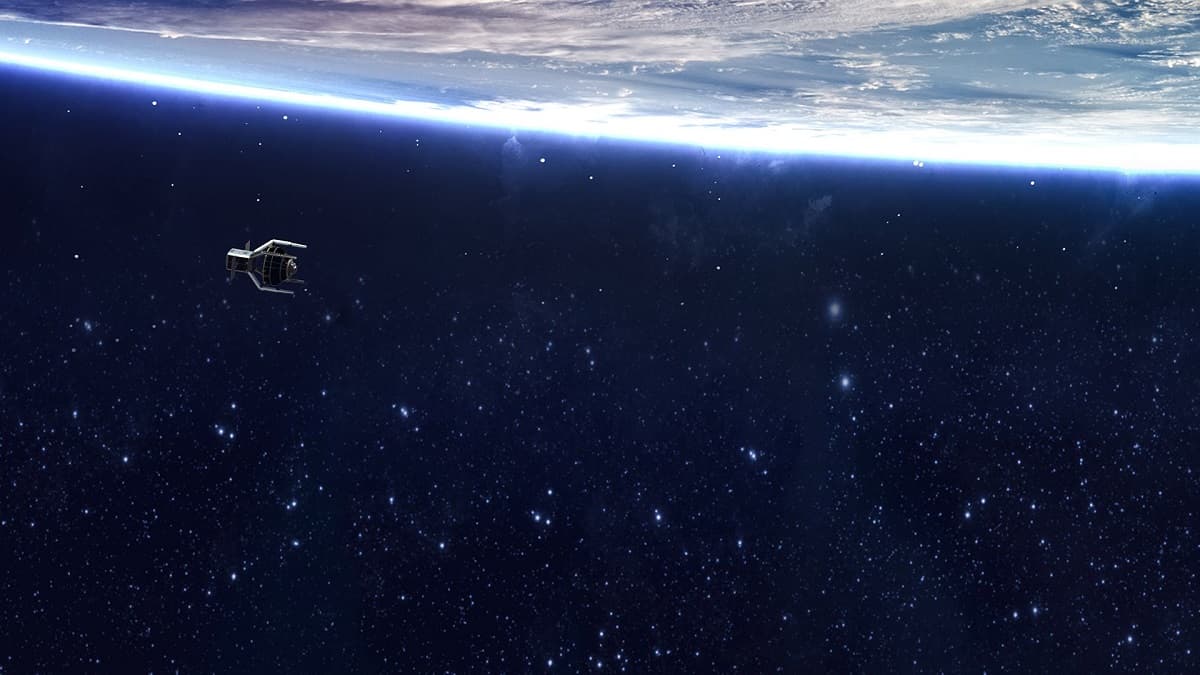The irony!
Murphy's Law
Clearspace-1, the European Space Agency's experimental mission to remove a large piece of space junk, just had its plans blow up in its face — quite literally.
Its intended target for removal was a jettisoned, conical-shaped rocket adapter, VESPA, which has been floating in low Earth orbit for a decade.
The plan was for a four-armed craft, which looks a bit like the grabber in an arcade's claw machine, to approach the adapter, carefully close itself around the debris, and then fly down to Earth with its payload in tow.
But fate decided to throw a curveball.
It now appears that another random piece of space junk has hit the adapter, creating even more space junk — as well as junking the ESA's goal to remove the 250 pound VESPA in one piece. It's terrible luck, but also a perfect illustration of the perils of our detritis-filled orbit.
Back to the Drawing Board
Breaking the bad news was the US Space Force, which informed the ESA on August 10 that it had detected additional objects in the vicinity of the target for clean-up.
Although the collision wasn't directly observed, all evidence indicates the "hypervelocity impact of a small, untracked object" that smashed into the adapter and sent small fragments flying, the ESA said in a statement.
But not all may be lost. Followup observations have revealed that the adapter is still mostly intact, and that its orbit was not significantly altered. Its fragments also don't appear to pose any risk to other orbiting spacecraft.
On top of that, there should be plenty of time to adjust, as Clearspace-1's launch is slated for 2026.
For now, the ESA says it's "carefully evaluating the event's impact on the mission." The mission is currently continuing as planned while more data is gathered, but it will be weeks until a full analysis can be completed.
Getting Crowded
Space pollution is a serious problem, a point which NASA has been stressing of late.
The Earth's orbit is only getting more crowded as commercial players like SpaceX deploy thousands of more satellites. With so much clutter flying around, the International Space Station has been forced on more than one occasion to dodge wayward debris.
And according to the ESA, this recent "fragmentation event" perfectly demonstrates the woes created by ignoring the junk in orbit.
"The most significant threat posed by larger objects of space debris is that they fragment into clouds of smaller objects that can each cause significant damage to active satellites," the ESA said in the statement.
"We must urgently reduce the creation of new space debris and begin actively mitigating the impact of existing objects," it added.
More on space junk: Cosmonauts Litter Orbit With Entire Science Experiment During Spacewalk
Share This Article
